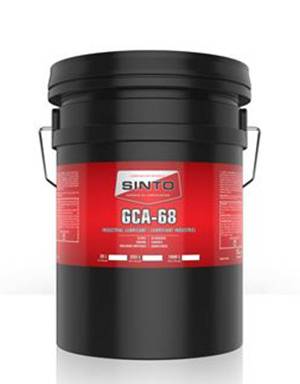Gru . 04, 2024 06:04 Back to list
Horizontal Ball Check Valve for Efficient Fluid Control in Various Applications
Understanding the Horizontal Ball Check Valve Function, Design, and Applications
A check valve is a crucial component in various fluid systems, ensuring that the flow of liquids or gases occurs in one direction only, thus preventing backflow. Among the various designs of check valves, the horizontal ball check valve stands out for its unique features and advantages. This article will delve into the design, applications, and benefits of horizontal ball check valves, emphasizing their importance in modern engineering and fluid management systems.
Design and Functionality
The horizontal ball check valve operates on a simple yet effective principle. Its core mechanism consists of a spherical ball that moves within a flow chamber. When fluid passes through the valve in the correct direction, the ball is pushed away from the seat, enabling the flow to continue. Conversely, if there is a backflow, the ball rolls back into place, sealing the chamber and preventing any reverse movement of the fluid. This design ensures an effective seal and decreases the risk of contamination.
Typically manufactured from robust materials such as stainless steel, brass, or durable plastics, horizontal ball check valves are suited for various environments, including both high-pressure and corrosive conditions. Their availability in different sizes allows them to be integrated seamlessly into piping systems without significant modification.
Advantages of Horizontal Ball Check Valves
1. Low Resistance to Flow Horizontal ball check valves offer minimal resistance to fluid flow when open. This characteristic is essential in applications where maintaining pressure and flow rates is critical, such as in pumping systems.
2. Simple Operation The design of the horizontal ball check valve allows for uncomplicated installation and maintenance. There are fewer moving parts compared to other valve types, reducing the chances of malfunction and simplifying the routine checks required.
horizontal ball check valve

3. Durability These valves are known for their long lifespan and reliability. Their construction materials can withstand extreme conditions, making them ideal for various industries, including water treatment, oil and gas, and chemical processing.
4. Versatility Horizontal ball check valves can be employed in numerous applications. They are effective in both domestic settings, such as plumbing and HVAC systems, and industrial applications, including mining and manufacturing processes.
5. Prevention of Surge Pressure The quick action of the ball in response to backflow helps mitigate surge pressure within the system. This feature is particularly beneficial in systems where pressure spikes can lead to equipment failure or damage.
Applications
The versatility of horizontal ball check valves allows them to be employed across a wide range of industries. In the water treatment sector, they are used to prevent backflow in pipelines, ensuring that treated water does not contaminate source water supplies. In the agricultural sector, these valves protect irrigation systems by preventing backflow into critical water sources. Similarly, in oil and gas applications, they are essential for safeguarding pipelines from pressure fluctuations and ensuring the proper direction of flow.
Furthermore, horizontal ball check valves play a significant role in fire protection systems. They assist in maintaining the integrity of water supply lines, ensuring that water flows appropriately during emergencies while preventing backflow that could compromise system efficiency.
Conclusion
Horizontal ball check valves are integral components in a multitude of fluid handling systems, providing reliable backflow prevention and contributing to overall system efficiency. Their robust design, coupled with their ability to handle various fluid types and conditions, makes them indispensable in many industrial and residential applications. As technology advances, the innovation in valve design continues, further enhancing the performance and reliability of horizontal ball check valves. Whether in heavy industry or everyday plumbing, these valves represent a critical aspect of fluid management, ensuring safety, efficiency, and longevity in systems worldwide.
-
thread-plug-gauge-our-promise-of-measurement-excellenceNewsAug.22,2025
-
gauge-pin-class-reflecting-quality-legacyNewsAug.22,2025
-
check-valve-types-for-high-rise-buildingsNewsAug.22,2025
-
water-control-valve-for-irrigation-systemsNewsAug.22,2025
-
gate-valve-with-soft-seal-technologyNewsAug.22,2025
-
y-type-strainer-for-oil-and-gas-applicationsNewsAug.22,2025
Related PRODUCTS









